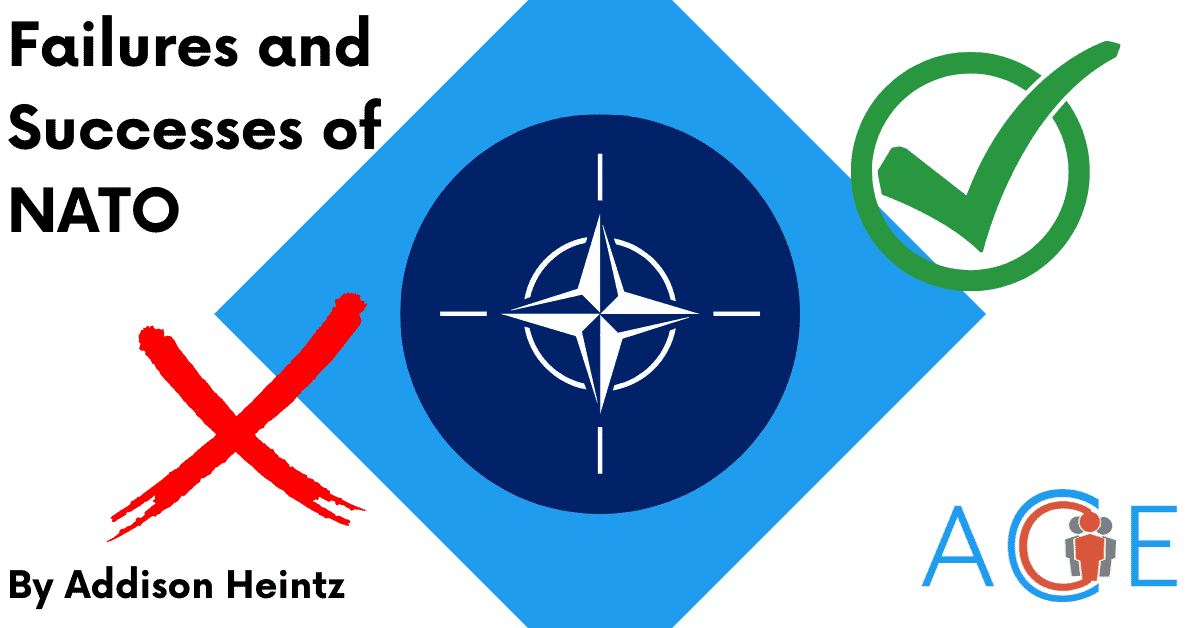Introduction
The rise in the prevalence of artificial intelligence (AI) has had significant impacts on the environment. This includes the electricity required to power the technology, the release of hundreds of tons of carbon emissions, and the depletion of freshwater resources for data center cooling. For example, AI data centers in the U.S. use about 7,100 liters of water per megawatt-hour of energy they consume.
Demand for energy to power AI is rising. One study predicts that AI data centers will increase from about 3% of the US’s energy usage in 2023 to about 8% in 2030. However, there is also a potential for AI to have positive impacts on the environment. AI is a powerful tool in promoting energy transitions, with a 1% increase in AI development corresponding to a 0.0025% increase in energy transition, a 0.0018% decrease in ecological footprint, and a 0.0013% decrease in carbon emissions. Still, the scientific community and general public lack knowledge about the true environmental implications of AI. Senate Bill 3732, or the Artificial Intelligence Environmental Impacts Act of 2024, aims to fill this knowledge gap.
The Bill
The Artificial Intelligence Environmental Impacts Act was introduced in February 2024 by Senator Ed Markey (D-MA). A House companion bill, H.R. 7197, was introduced simultaneously by Representative Anna Eshoo (D-CA). The bill has four main clauses that instruct the Environmental Protection Agency (EPA), The National Institute of Standards and Technology, the Secretary of Energy, and the Office of Science and Technology Policy to:
- Initiate a study on the environmental impacts of AI
- Convene a consortium of intellectuals and stakeholders to create recommendations on how to address the environmental impacts of AI
- Create a system for the voluntary reporting of the environmental impacts of AI
- Report to Congress the findings of the consortium, describe the system of voluntary reporting and make recommendations for legislative and administrative action
This bill seeks to fill the gaps in existing research by commissioning comprehensive studies of both the negative and potential positive environmental impacts of artificial intelligence. It will also employ experts to guide lawmakers in creating effective future regulation of the AI industry.
Arguments in Favor
Filling Gaps in Knowledge
A key reason Data & Society, an NYC-based independent research institute, endorsed the bill was to fill existing gaps in research. They highlight the limited understanding of both the depth and scale of the impacts of AI on the environment as key areas that require more research. They also highlight the role of this proposed research initiative in determining how to limit the environmental impacts of AI. Tamara Kneese, a researcher for the organization, highlights that there is a lack of research that seeks to understand “the full spectrum of AI’s impacts,” which this bill would directly address.
Increasing Transparency in the Industry
One of the arguments made by a co-sponsor of the legislation in the House of Representatives, Representative Beyer (D-VA), highlights how this bill would put the United States ahead in AI transparency work. Currently, the industry is not forthright about its environmental impact. For example, OpenAI has released no information about the process to create and train ChatGPT’s newest model, which makes it impossible to estimate its environmental impact. The voluntary reporting system created encourages that information to be reported, allowing for tracking of emissions and increased transparency in the industry.
Reducing Environmental Harm
Another supporter of the bill, Greenpeace, views the bill as a way to protect against the environmental harm of new technology and address issues of environmental injustice. Erik Kojola, Greenpeace USA’s senior research specialist, says that this bill is “a first step in holding companies accountable and shedding light on a new technology and opaque industry”. Others, such as the Piedmont Environmental Council, view it as a step towards the implementation of well-informed regulation of AI. The bill’s fourth provision outlines that recommendations be made to Congress for the implementation of regulations of the industry, based on expert opinion and the research that the bill commissions.
Arguments Against
Lacks Enforcement Mechanisms, Delayed Approach
Critics argue that the bill relies too heavily on industry compliance by primarily using voluntary emissions reporting. In essence, there is no way of forcing companies to actually report their emissions from the working of the bill. There is also the argument that calling for more research only serves to delay taking concrete action to address climate change. The bill itself does little to stop pollution and usage of freshwater resources, and instead delays any action or regulation until detailed research can be conducted and further recommendations can be made.
Ignores AI’s Potential to Help the Environment
Other critics argue that AI is constantly becoming more efficient and government intervention may hinder that. According to the World Economic Forum, AI is able to both optimize its own energy consumption as well as contribute to facilitating energy transitions. Opponents of S.B. 3732 hold that research should focus on improving efficiency within the industry as opposed to tracking its output to inform regulations.
Top-down Approach Sidelines Industry Leaders and Efforts
Some opponents also critique the bill’s research- and information gathering-heavy approach. Critics argue that S.B. 3732 does little to create accountability within the industry and does not integrate existing measures to increase efficiency. They point to examples that show AI itself is being used to create informed climate change policy through analyzing climate impacts on poor communities and generating solutions. Critics argue that the bill largely ignores these efforts and input from industry leaders who say federal funds should be spent optimizing AI rather than regulating it.
Updates and Future Outlook
While S.B. 3732 and its House companion bill were referred to several subcommittees for review, neither made it to the floor for a vote before the end of the 118th Congress and thus will need to be re-introduced in order to be passed in the future. Should the bill be passed into law, the feasibility of its implementation is uncertain given major funding cuts to key stakeholders such as the EPA under the current administration. Without proper government funding to conduct the research that the bill outlines, the efficacy of this research is likely to be weakened.
In addition, President Trump signed an executive order titled “Removing Barriers to American AI Innovation” in January 2025, which calls for departments and agencies to revise or rescind all policies and other actions taken under the Biden administration that are inconsistent with “enhancing America’s leadership in AI.” In addition to taking an anti-regulation stance on AI, this executive order is the first step in a rapid proliferation of AI data centers that are to be fueled with energy from natural gas and coal. Given this climate, S.B. 3732 and similar bills face an uncertain future in the current Congress.
Conclusion
S.B. 3732 responds to the knowledge gap on AI’s environmental impacts by commissioning studies and encouraging reporting of AI-related energy benefits and drawbacks. Supporters of the bill view it as a crucial intervention to fill said information gaps, increase transparency, and address environmental harms through policy recommendations. Some opponents of the bill critique it as a stalling tactic for addressing climate change, while others contend the bill simply looks in the wrong place, focusing on AI industry compliance and existing impacts instead of encouraging innovation in the sector.

